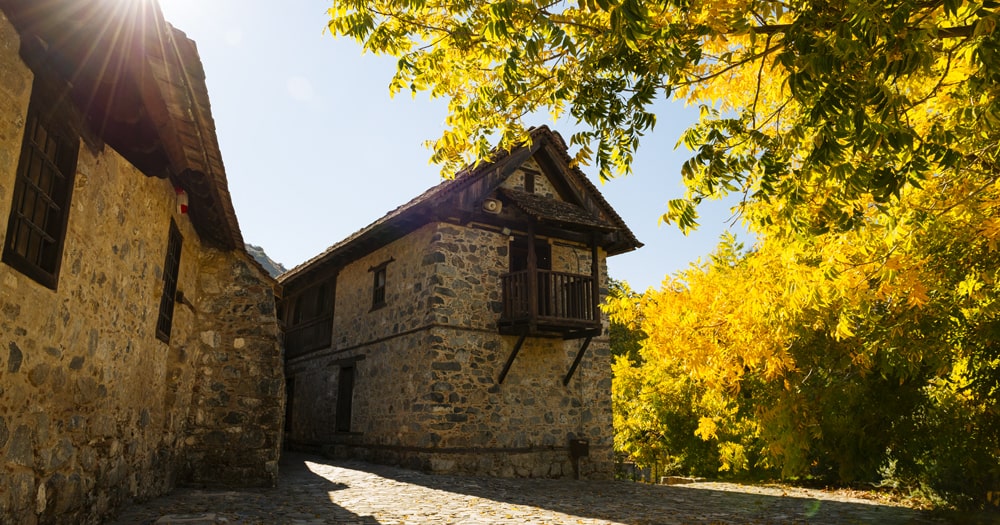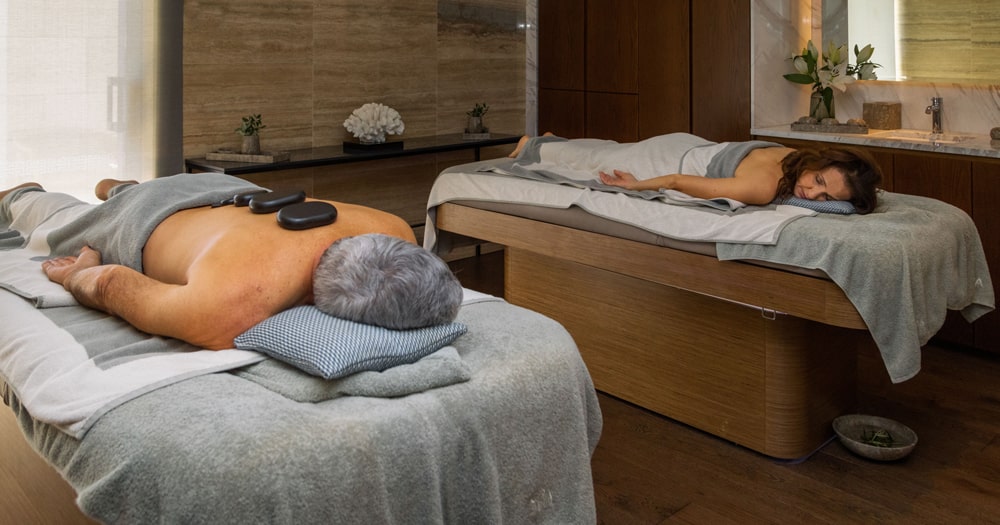A holistic wellness destination
Aphrodite’s island has held the key to beauty and health for centuries; the Goddess herself symbolizes eternal youth and wellbeing. Humankind sought relief and treatment for physical pains by observing and using natural resources; primitive peoples used water instinctively to wash and soothe wounds. Many references are made in Homeric poems to the use of restorative baths. Famous Greek philosophers such as Hippocrates, the Greek physician of the classical period and traditionally referred to as the “Father of Medicine”, wrote about the benefits of hydrotherapy. Experience has repeatedly proven the value of water as a natural healing source.
Water has been associated with the idea of life itself, while drought indicated death and mental inactivity. People thus built temples devoted to water and offered sacrifices in its name. From ancient times Cypriots knew the beneficial properties of sulphurous springs, especially for healing skin diseases and for relieving muscular and joint pain. Bathing became a way of life for Cypriots, an art form celebrated in beautiful buildings. Ancient baths were built adjacent to the gymnasia, not only to cleanse the body, but as communal gathering places.
In the 6th and 5th centuries B.C., the pre-Hippocratic period, medical science was practiced in the sanctuaries of Asclepius (the god of medicine), which functioned as places of worship and as therapeutic centers. In these sanctuaries, therapeutic treatment was applied at three levels: general treatment for every visitor, preparatory care prior to treating patients, and special practices for every ailment. The Asklepeion of Pafos, a sanctuary dedicated to Asclepius, was at the time built in the center of the city of Nea Pafos, and also served as a wellness center, nursing home, and place of care for disabled people.

Greeks and Cypriots used cold water first and then hot, in contrast to the Romans, who usually did the reverse. For Romans, bathing was a regular regimen for health. Very quickly thermal baths became a social experience for everyone. Upon discovering the benefits of hot springs, the Romans made the thermae into an art of living, creating beautiful bathhouses and elaborate rituals.
The presence of sulphur springs on the island of Cyprus is a well-established fact, and several, such as the springs of Kalopanayotis and Ayoi Anargyroi, can be found around the island.
In recent years, Cyprus has emerged as one of the leading spa destinations of the Mediterranean, thanks to the world-class spa facilities available at the island’s resorts. These provide holistic wellness using the broadest range of popular techniques for the mind, body and soul. They include mineral spas, which make use of the natural qualities of thermal springs with healing properties, as well as hydrotherapy centers where the properties of water are used for therapeutic purposes.
